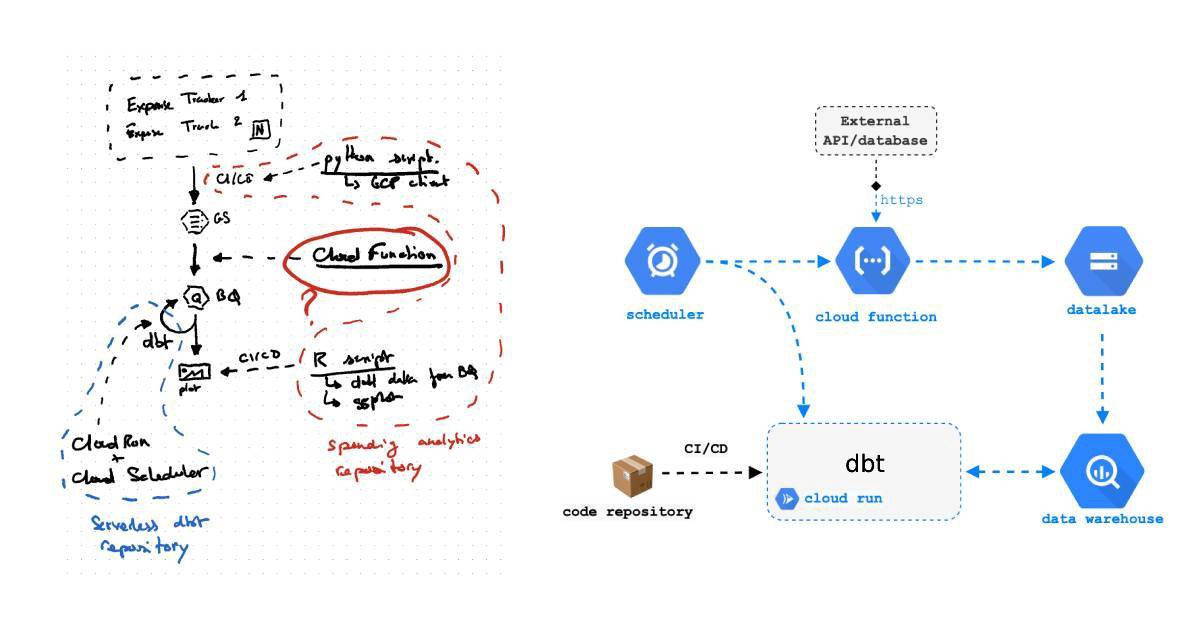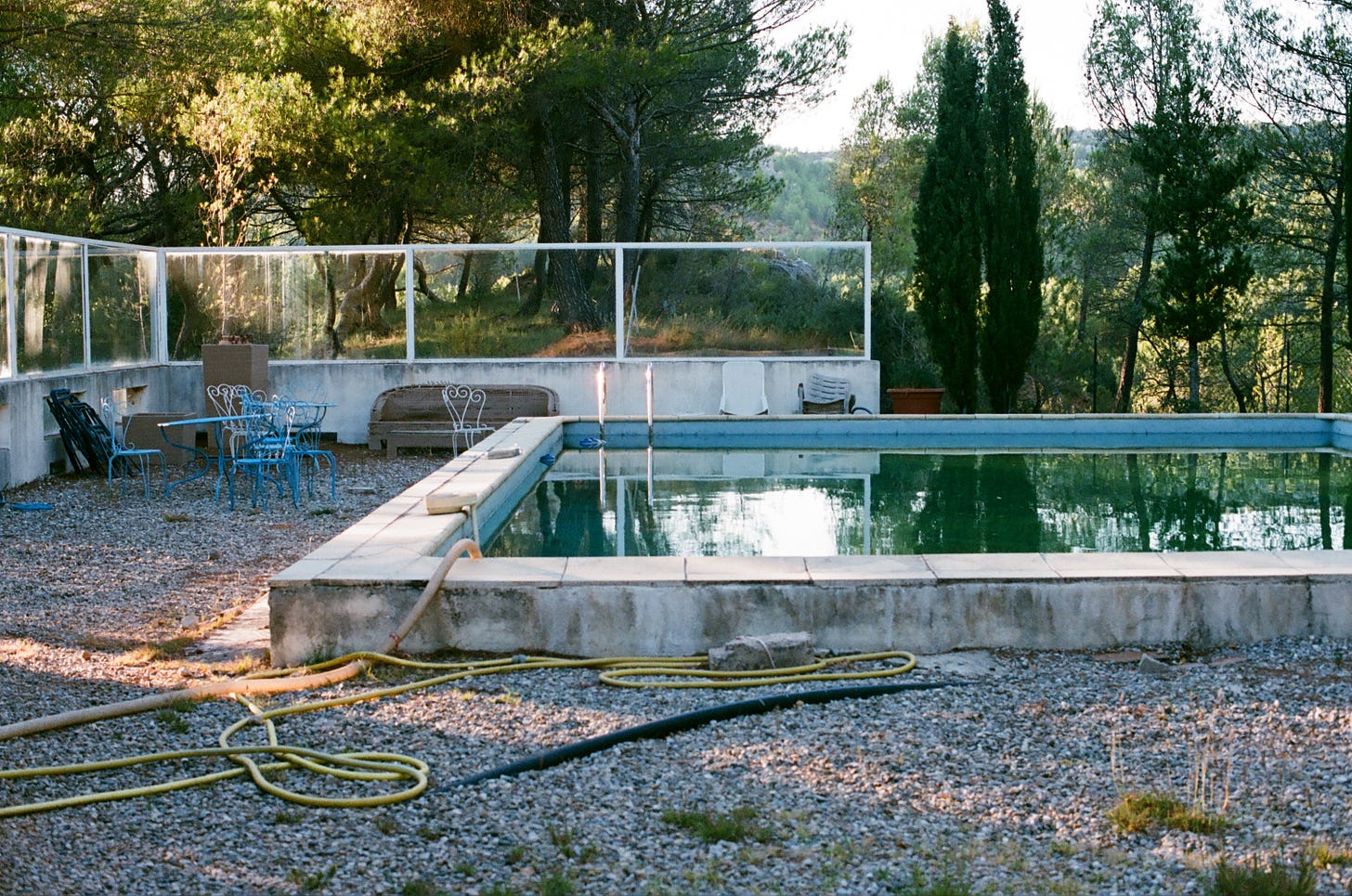Issue 16 - One death is a tragedy; a million is a statistic
How to make great schemas
We often forgot how our systems are sensitive to scale.
Properties and behaviors tend to change when you scale them up or down.
An early-stage start-up will thrive in developing features while mastodon companies will find a hard time only resolving a bug.
We are horrified and try to move things forward when a terrorist attack happens. We are almost voiceless when hundreds of people are dying every day from car accidents involving alcohol or drugs.
We are angry when we wait in a queue for a long time but while looking at the big picture - the system - nothing is looking wrong.
When we look at data we’re most of the time looking at a higher scale. It’s a rare privilege.
We often find solutions that empower the whole system. Solutions that will fix most of the problems at scale.
Still, we have to be aware of the smaller, more “human” scale. To keep on the one-to-one relationship. Our solutions are sometimes not designed toward that goal or at least taking account of it.
To rephrase Grudin’s law: what may be in the system's best interests may not be in the interests of individual contributors.
📡 Expected Contents
A better way to visualize SQL Joins instead of Venn Diagrams
We often use the following schema to learn how SQL joins work
Andreas came up with a great blog post emphasizing visualization created by Hadley Wickham & Garrett Grolemund in their book “R for Data Science”.
Those are a more accurate way to think about table joins and come with major visual upgrades.
DALLE-2 has a secret language
In the last issue, I wrote about the recent developments of image generations thanks to new AI architecture breakthroughs. This is a hot topic on the Internet and there are some exciting things happening besides the big picture.
Models like DALLE-2 face some difficulties to render text in images. It often gives gibberish text. However, the text is not as random as it initially appears...


Manage your database schemas by applying modern DevOps principles
Managing database schemas is often complex and lives into some obscure scripts. I recently discovered Atlas: an open-source tool that is a declarative, Terraform-like configuration language designed to capture data topology.
It comes with a CLI and a UI to maintain and explore your schemas.
Seems like a great tool 👀.
Here’s How Crossrail Will Transform London Travel
Bloomberg comes with an excellent article regarding the new Elizabeth Line in London (Crossrail, similar to RER A for Parisian readers).
It comes with great maps showing the improvements in time delivery this new line can bring to the English capital.
📰 The Blog Post
How To Make Great Schemas
This is an article I was looking forward to getting out!
In my work, I often make schemas for different sorts of stuff: database thinking, software design, algorithms, modelization, etc…
They often end in documentation or slides. With time I learned some tricks to make them polished and understandable to the corresponding audience. So here is this blog post. I hope you’ll find some interesting tips ;)
🎨 Beyond The Bracket
“Cities might not always function as smoothly as we might wish, but given the number of different people working to keep them going, well, it's pretty amazing that they work at all”. The 99% Invicible City
Making great schemas is hard. But It helps a lot when well done.
Albert Guillaumes Marcer, a Catalan engineer, modeled 275 metro stations in 23 European cities.
This terrific work allows us to discover the stations in full size. And recalls how the metro is a masterpiece of engineering.
😅 Parisian metro is…
We’re finally in summer 🎉 ☀️
Feel the future nostalgia of summer nights, orange and blue shades, and skin warming.
And like every year at the same time, I have that society fear of missing out - AI that is (almost) sentient, economy hyper-growth close to boundaries, global warming, the potential of blockchain beyond speculation, etc…
We see all those things as potential threats to our society. I prefer to think they are in fact the causes and consequences of our constant evolution as homo-sapiens. Sure they are harmful to many, but in the big picture of our species, they look worthy… Maybe a naive thought but that way I feel great and I’m going ahead.
See you soon











